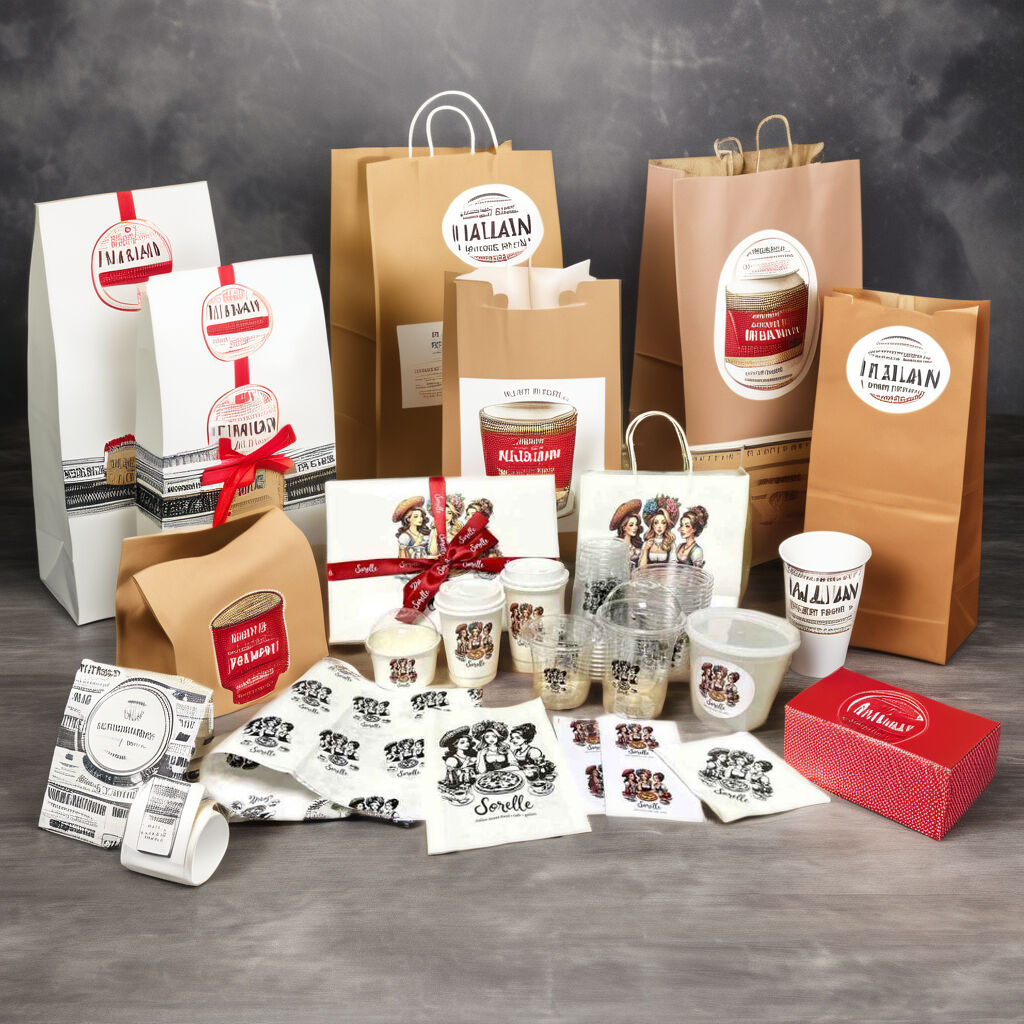In the bustling coffee market, the packaging of coffee beans is a make - or - break factor for a brand. It's not just about containing the beans; it's about preserving the roasted flavors from the roaster to the consumer's kitchen table and simultaneously enhancing the brand's value. Smart packaging serves as a guardian of bold and appealing roasted flavors, and this guide delves into various aspects of coffee packaging technology.
Fresh coffee is highly sensitive. Air, moisture, and light can deplete its flavor and aroma at a surprisingly fast pace. Hence, every roaster requires packaging that can shield the beans while also being visually appealing on the shelf. Traditional paper sacks still exist but have been mostly supplanted by vacuum bags and nitrogen - flushed pouches. These modern options not only extend the product's sell - by date but also safeguard the unique characteristics of each roast.
Barrier quality is a hot - topic feature in modern coffee bags. The key to maintaining the freshness of coffee beans lies in the ability of the packaging to block oxygen and moisture. As shown in the relevant data, for excellent coffee packaging, the oxygen transmission rate (OTR) should be < 0.5 cc/m²/day (aluminum foil composite standard), and the water vapor transmission rate (WVTR) should be < 0.8 g/m²/day. Films with multiple layers can effectively prevent oxygen and moisture from penetrating for a longer time, ensuring that freshly roasted beans remain bright and fragrant. Moreover, UV - blocking laminates are essential as even short - term exposure to harmful light rays can diminish the flavor over time. By selecting sturdy and tested materials that meet these barrier - related standards, brands can ensure that consumers enjoy a great cup of coffee from the first sip to the last.
New packaging technologies are revolutionizing how coffee brands showcase their products. Resealable bags are a prime example. They allow shoppers to open the pack, pour a cup, and then zip it shut, significantly prolonging the freshness of the beans. Single - serve pods offer a quick caffeine solution for those on the go, while plant - based or recycled cartons appeal to eco - conscious drinkers. By providing these diverse choices, brands not only make daily coffee brewing more convenient but also manage to stand out in a crowded marketplace.
Smart packaging does more than just protect the coffee; it communicates the brand's story even before the first bean is brewed. Bold artwork, clear seals, and well - thought - out labels can capture consumers' attention and convey the roaster's values. For instance, a company committed to environmental sustainability can opt for recyclable paper, showcase this pride on the packaging, and win the approval of environmentally - minded shoppers. This kind of authentic packaging builds trust, encourages customer loyalty, and subtly enhances the brand's overall worth.
The coffee industry is in a constant state of evolution, and so are the methods of coffee packaging production. Smart packaging is gradually advancing; these high - tech labels can inform consumers of the exact roasting date of the beans and even alert them if the package has been exposed to excessive heat. Additionally, the demand for planet - friendly materials is showing no signs of abating, as consumers now consider recyclability as important as taste when reading labels. Companies that can anticipate these trends early can not only preserve the freshness of their beans but also gain a competitive edge in the crowded store aisles.
In conclusion, the appropriate packaging plays a silent yet powerful role in preserving the roasted aromas of coffee while enhancing the brand's image. By understanding the connection between packaging and brand value and investing in modern packaging ideas, roasters and retailers can meet the needs of discerning drinkers and maintain a leading position in an ever - changing market.




